当前位置:网站首页>GPON technical standard analysis I
GPON technical standard analysis I
2022-07-05 12:27:00 【yang881221】
1. Standard specification
ITU-T G.984.1:GPON General characteristics of
ITU-T G.984.2:GPON Of PMD Sublayer specification
ITU-T G.984.3:GPON Of TC Sublayer
ITU-T G.984.4: GPONONT OMCI Interface
ITU-T G.984.5:GPON- Enhance bandwidth
ITU-T G.984.6:GPON- Distance extension
ITU-T G.987: 10G Passive optical network (XG-PON):
ITU-T G.987.1:10G Passive optical network (XG-PON): Aggregate demand
ITU-T G.987.2:10G Passive optical network (XG-PON): Physical media related
2. The term
logicalreach: Regardless of light overhead , The longest distance that theory can reach
differentialfibre distance: lately ONU And farthest ONU Optical path difference between
physicalreach: The farthest physical distance actually reached
meansignal transfer delay: Average delay of uplink and downlink , The value is RTT/2
3. abbreviation
BRI(Basic Rate Interface): Basic rate interface
DSL(Digital Subscriber Line): Digital subscriber line
FTTB(Fiber to the Building): Optical fiber to building
FTTC(Fiber to the Curb): Fiber to the side of the road
FTTCab(Fiber to the Cabinet): Optical fiber to junction box
FTTH(Fiber to the Home): Fiber to home users
ISDN (Integrated Services Digital Network): Integrated services digital network
GPON(Gigabit-Capable Passive Optical Network): Gigabit passive optical network
ODN(Optical Distribution Network): Optical distribution networks
OLT(Optical Line Terminal): Optical line terminal
OMCC(ONU Management and Control Channel):ONU Manage the control channel
OMCI(ONU Management and Control Interface):ONU Management control interface
ONT(Optical Network Terminal): Optical network terminal
ONU(Optical Network Unit): Optical network unit
PDH(Plesiochronous Digital Hierarchy): Quasi synchronous digital system
SDH(Synchronous Digital Hierarchy): Synchronous digital system
PMD(Physical Medium Dependent): Physical media related ( Sublayer )
TC(Transmission Convergence): Transmission convergence
TDM(Time Division Multiplex): Time division multiplexing
SNI(Service Node Interface): Business node interface
T-CONT(Transmission Container): Transport container
UNI (User NetworkInterface): User network interface
4. General overview
And others PON The system is similar to ,GPON The system usually consists of OLT、 On the user side ONU or ONT、 as well as ODN form .OLT and ONU Point to multipoint network structure is adopted between , Through passive ODN Connect .
The system reference configuration is as follows :
Three network structures are defined in the standard :FTTH、FTTB/C and FTTCab. The difference between them is that they support different businesses .
| FTTB | FTTC/FTTCab | FTTH | |
MDU | business | |||
Asymmetric business | Support | Support | Support | |
Symmetric service | Support | Support | Support | Support |
POTS and ISDN | Support | Support | Support | Support |
A dedicated line |
| Support |
|
|
xDSL |
|
| Support |
|
Support 7 Two rate combinations , Including symmetric bandwidth and asymmetric bandwidth
Up speed ( Company bit/s) | Down speed ( Company bit/s) |
155M | 1.2G |
622M | 1.2G |
1.2G | 1.2G |
155M | 2.4G |
622M | 2.4G |
1.2G | 2.4G |
2.4G | 2.4G |
At present, the mainstream of the market is upward 1.2G, The downside 2.4G.
Regardless of the limitations of the physical layer ,GPON The theoretical coverage of 60KM.
stay GPON Two ranges are defined in :10KM and 20KM.10KM For support 1.25Gbit/s Defined by the high rate of .
The maximum optical path difference is 20KM.
GPON The maximum average delay of the service specified in is 1.5ms.
Support 1:64, even to the extent that 1:128 Spectral ratio of .
Support automatic switching and forced switching .
Protection switching is caused by OAM Function realization , Because of the support POTS Business , The switching time shall be less than 120ms. Support 4 Protection switching of three types of structures .
a)
b)
c)
d)
Downlink center wavelength 1490nm
Uplink center wavelength 1310nm
5. PMD Layer requirements
GPON The line transmission rate of the system shall be 8kHz Multiple , Its uplink and downlink speed is :
Ø 1244.16Mbit/s,155.52Mbit/s;
Ø 1244.16Mbit/s,622.08Mbit/s;
Ø 1244.16Mbit/s,1244.16Mbit/s;
Ø 2488.32Mbit/s,155.52Mbit/s;
Ø 2488.32Mbit/s,622.08Mbit/s;
Ø 2488.32Mbit/s,1244.16Mbit/s;
Ø 2488.32Mbit/s,2088.32Mbit/s;
Its specific optical interface parameters refer to the standard .
The signal is transmitted in the upstream and downstream directions of the transmission medium .
Bidirectional transmission can use wavelength division multiplexing on an optical fiber (WDM) Technical realization , It can also be realized by using the unidirectional transmission technology on two optical fibers
5.4.1 The downside
OLT to ONU The nominal rate of the downlink signal of is 1244.16Mbit/s or 2488.32Mbit/s. When OLT When the end office is working in a normal state , The rate of downlink signal tracks one 1 Class clock ( Accuracy of 1×10-11). When the end office is running in free oscillation mode , The rate of downlink signal tracks one 3 Class clock ( Accuracy of 4.6×10-6). When OLT When running in free oscillation mode , The rate accuracy of the downlink signal is one 4 Class clock (3.2×10-5).
5.4.2 The upside
ONU to OLT The uplink signal rate of is 155.52、622.08、1244.16、2488.32Mbit/s. When ONU When it is running or authorized , It should send a signal with the same clock accuracy as the downlink signal it receives . When ONU When it is not running or not authorized , It can't send any signals .
use NRZ code .
The commonly used optical signal logic is :
u Binary system “1” Indicates the transmitted highlight power ;
u Binary system “0” It means sending low optical power .
Downward direction , The working wavelength range of single optical fiber system shall be 1480~1500nm, The working wavelength range of the dual fiber system shall be 1260~1360nm; The working wavelength range in the upward direction should be 1260-1360nm.
5.7 Uplink physical layer overhead
GPON In the system, the physical layer overhead is used to realize the burst of upstream flow .
Up speed | Overhead bytes |
155.52 Mbit/s | 4 |
622.08 Mbit/s | 8 |
1244.16Mbit/s | 12 |
2488.32 Mbit/s | 24 |
边栏推荐
- A new WiFi option for smart home -- the application of simplewifi in wireless smart home
- Learn JVM garbage collection 05 - root node enumeration, security points, and security zones (hotspot)
- GPS數據格式轉換[通俗易懂]
- Resnet18 actual battle Baoke dream spirit
- 图像超分实验:SRCNN/FSRCNN
- Design of music box based on assembly language
- How can beginners learn flutter efficiently?
- How to design an interface?
- 16 channel water lamp experiment based on Proteus (assembly language)
- POJ-2499 Binary Tree
猜你喜欢

ABAP table lookup program

7月华清学习-1
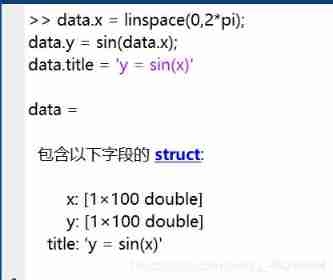
Matlab struct function (structure array)
Two minutes will take you to quickly master the project structure, resources, dependencies and localization of flutter
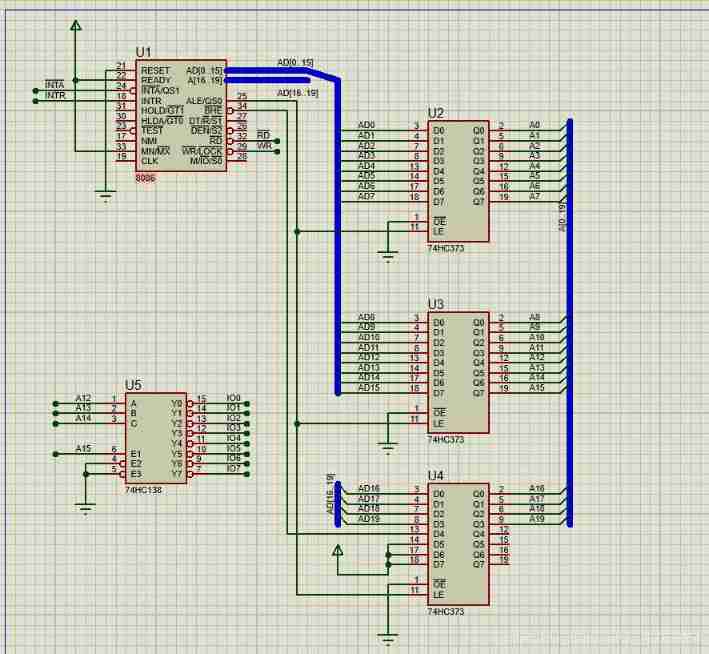
16 channel water lamp experiment based on Proteus (assembly language)
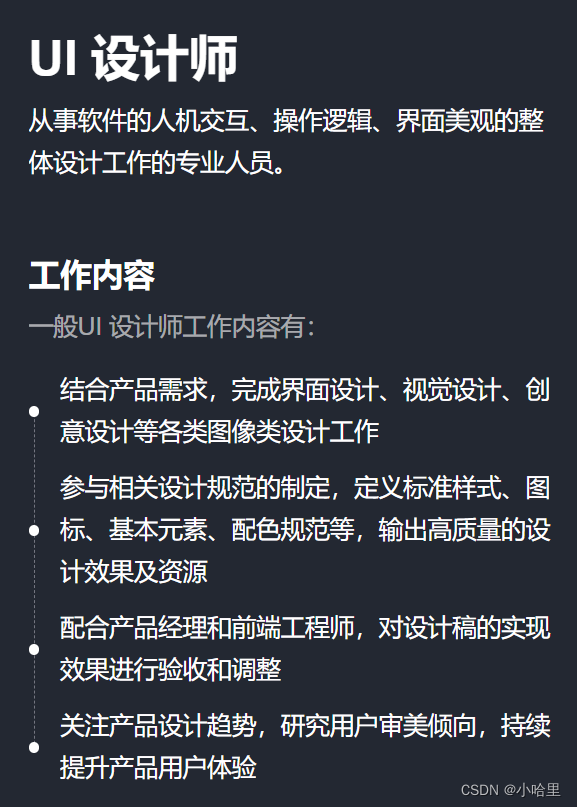
Intern position selection and simplified career development planning in Internet companies
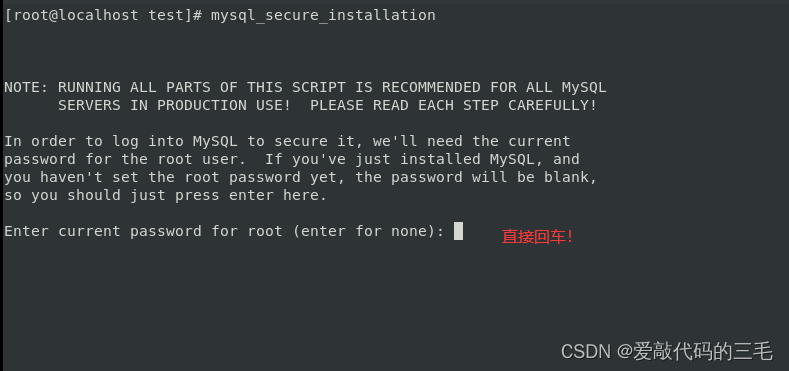
Linux Installation and deployment lamp (apache+mysql+php)
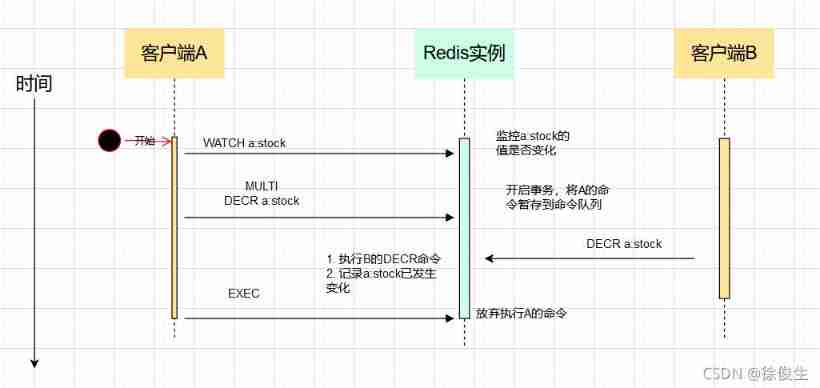
Interviewer: is acid fully guaranteed for redis transactions?

July Huaqing learning-1

Simple production of wechat applet cloud development authorization login
随机推荐
Average lookup length when hash table lookup fails
July Huaqing learning-1
Pytoch loads the initialization V3 pre training model and reports an error
ZABBIX agent2 monitors mongodb nodes, clusters and templates (official blog)
Understanding the architecture type of mobile CPU
The solution of outputting 64 bits from printf format%lld of cross platform (32bit and 64bit)
MySQL storage engine
Error modulenotfounderror: no module named 'cv2 aruco‘
How to clear floating?
SENT协议译码的深入探讨
MySQL splits strings for conditional queries
Is investment and finance suitable for girls? What financial products can girls buy?
ZABBIX agent2 installation
Solve the problem of cache and database double write data consistency
MySQL regular expression
Master the new features of fluent 2.10
MySQL multi table operation
MySQL data table operation DDL & data type
Learn JVM garbage collection 02 - a brief introduction to the reference and recycling method area
Simple production of wechat applet cloud development authorization login
